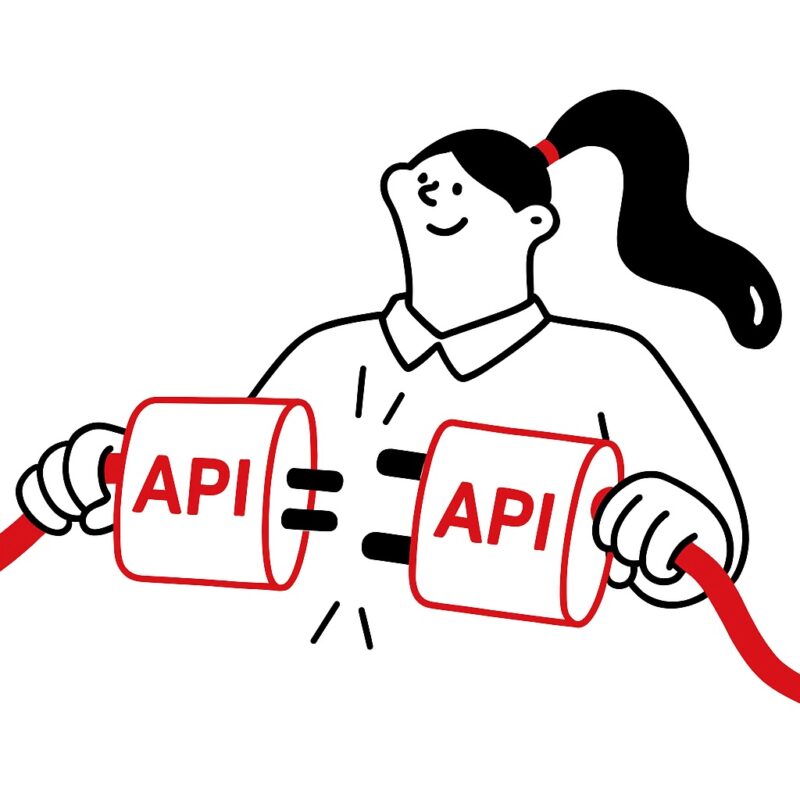Conversion tracking provides insight into your results
About google ads conversion tracking
Successful online marketing is all about measurement. With conversion tracking, you can see exactly which campaigns, channels and ads contribute to valuable actions, such as purchases, downloads or contact requests. Conversion tracking focuses on tracking the actions users take after interacting with an ad. These insights allow you to allocate marketing budgets smarter and increase ROI. With well-configured conversion tracking, we are on our way to successful ad campaigns.
Conversion tracking goes beyond just counting. It is the way to understand which part of your marketing is really contributing to growth. Here, tagging (such as pixels and tracking codes via Google Tag Manager) plays a crucial role: it allows you to collect the data needed to correctly attribute conversions. Implementing a pixel and placing the Google Ads tag correctly is essential to get reliable and accurate reports. There are different methods for conversion tracking, such as Google Tag Manager, pixels and server side tracking. Conversions are sometimes counted differently depending on configuration and preferences. It is important to measure specific actions users take, such as purchases, signups or downloads, so you can best evaluate and optimize the effectiveness of your campaigns.
What is conversion tracking and what can you achieve with it
Conversion tracking lets you see how visitors move through your Web site and what actions they take. Whether it’s filling out a form, generating leads, measuring the number of leads, a product viewed or a completed purchase, conversion tracking lets you know what works and what doesn’t. For lead generation websites, measuring leads and tracking completed contact forms, quote requests or phone calls is essential. For e-commerce, it’s important to measure product purchases so you can gain insight into the performance of your online store.
Linking this data to campaigns in Google Ads, Meta Ads, LinkedIn or display advertising allows you to better direct and optimize campaigns. Analyzing keywords helps determine which keywords contribute to conversions. By measuring the number of leads and linking conversions to specific campaigns, you gain better insight into the effectiveness of your marketing efforts. By measuring and analyzing conversions, you can get better results and optimize ad campaigns. You can measure conversions to see how they are generated by ad campaigns, which is the foundation of performance marketing and makes you use every dollar more effectively.
What to expect
- Analysis and setup of conversion goals and KPIs
Allows you to ensure reliable and comprehensive conversion data. - Implementation of tags and pixels via Google Tag Manager, among others
When setting up and checking tags, pixels and the Google Ads tag, make sure you have everything set up correctly for optimal performance. - Linking to Google Ads, Analytics, Meta Ads and LinkedIn campaigns
- Test and validate conversion data for reliable insights
Make sure all conversion tracking is set up correctly and use tools such as Tag Assistant to verify operation. Conversions should be tested correctly before campaigns go live to avoid errors. - Continuous optimization based on measurement results
Automate reports and leverage improved conversions to continuously improve the performance of your campaigns. - Use server side tracking and first party data for more accurate measurements
Server side tracking requires more technical knowledge, but it allows you to use first party data to measure and report conversions even more accurately.
Sample applications
- Tracking purchases in an online store via Google Ads conversion tracking: This is especially relevant for e-commerce websites, where it is important not only to measure the number of purchases, but also to analyze whether customers purchase multiple products. This gives you insight into the total value of conversions and allows you to optimize the ROI of your e-commerce campaigns.
- Measuring completed forms or brochure downloads: This is essential for lead generation. By measuring the number of leads, such as completed contact forms, quote requests or brochure downloads, you can assess and optimize the effectiveness of your campaigns aimed at generating leads.
- Analyze which ads lead to phone calls or appointments: Here, you can examine which keywords and ads produce the most number of leads or conversions. By analyzing which keywords lead to valuable leads, you can further optimize your campaigns.
- Tracking video views and interactions on YouTube or social media: Measuring interaction, such as clicks, likes or comments, provides insight into how users interact with your content and helps evaluate the effectiveness of your video marketing.
- Setting up custom audiences for remarketing via conversion pixels: By implementing a pixel on your website, you can monitor user actions and build audiences for remarketing. The pixel collects data about visitors so you can show targeted ads to people who have previously interacted with your website or products.
Our working method
- Analysis – We map key goals and KPIs to your marketing strategy.
- Strategy – Together we determine which conversions to measure and how tagging will be set up. It is essential to set up conversion tracking properly and make sure all parameters are set correctly for reliable data.
- Implementation – We set up the right tags and pixels, often via Google Tag Manager, and ensure that data comes through correctly in all platforms. Implementing these tags and checking how they work with Tag Assistant, for example, is a crucial step here.
- Campaign management – Conversion data is directly leveraged to better drive campaigns. This allows a marketer to optimize in a more targeted way and helps achieve better results.
- Optimization – Ongoing measurement and adjustment based on CTR, conversions and ROAS. Engaging an expert for conversion tracking is a smart move here.











